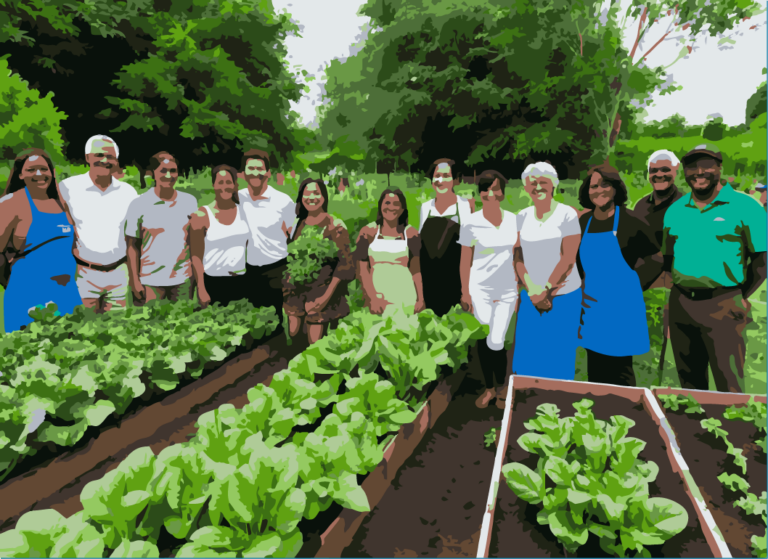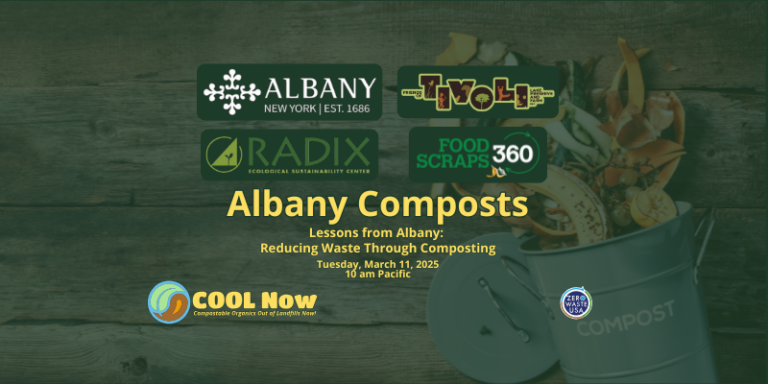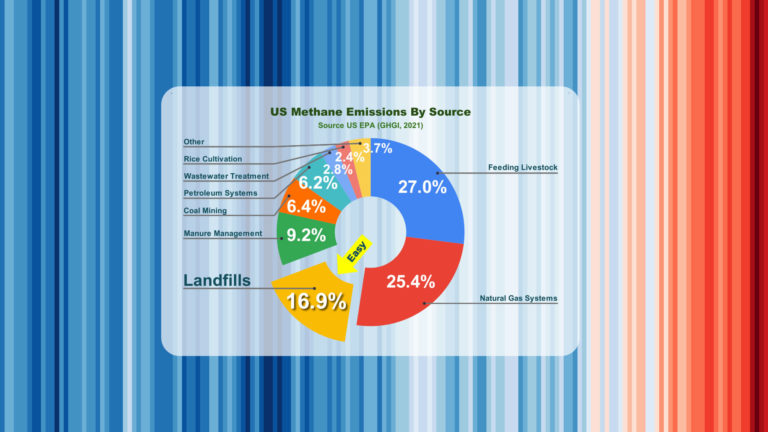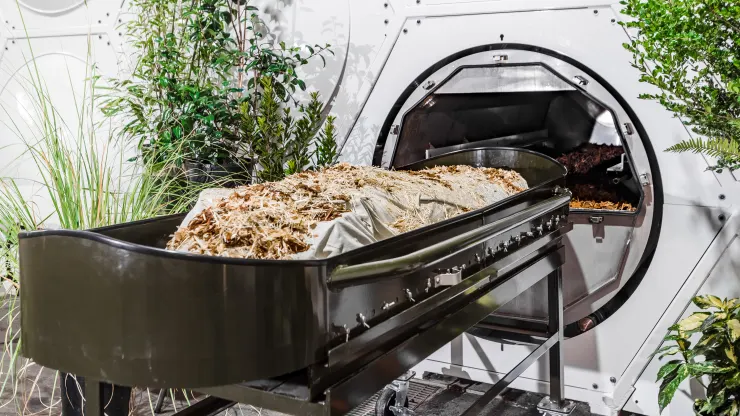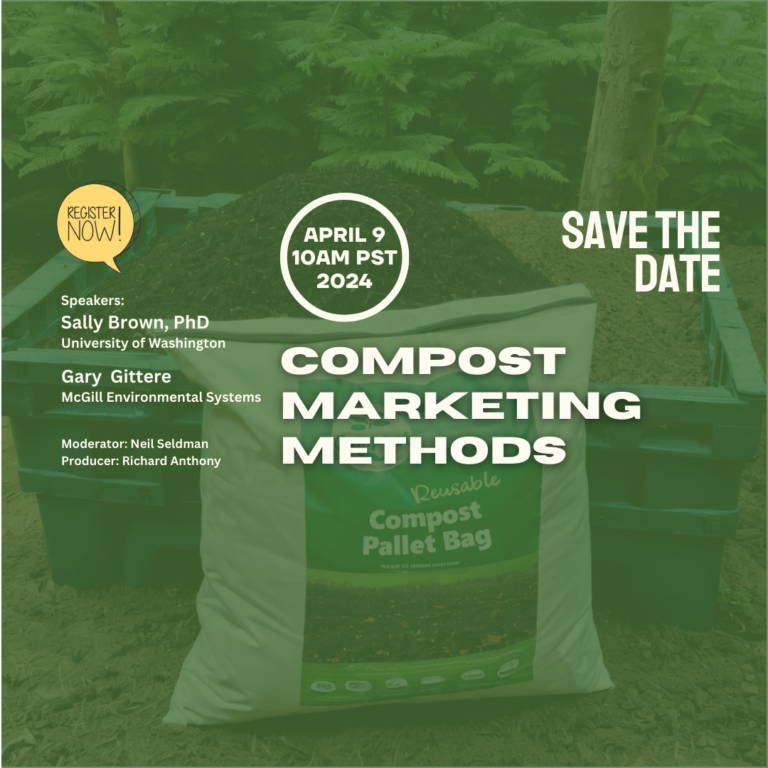From Ancient Plants to Modern Plastics: Learning from Earth’s Past
In ancient days, Earth experienced a unique period in its history – the Carboniferous, when vast forests of primitive plants grew, died, and simply… accumulated. (Cue the music of environmental cartoonist Hayao Miyazaki.) For an astounding 60 million years, no living thing could break down the tough lignin in dead plant matter. Generation after generation of plants lived, died, and piled up, creating layers of undecomposed organic material that would eventually become the coal deposits we mine today. This remarkable era ended only when nature evolved specialized fungi and bacteria capable of decomposing lignin, turning dead plants into nutrients that could rejoin the cycle of life.
Picture yourself walking through a Carboniferous swamp-forest: The landscape would have been an alien maze of plant “bones” – rigid, undecomposed lignin structures creating a three-dimensional obstacle course. While soft tissues rotted away, the tough skeletal remains of ancient trees and ferns accumulated in thick layers, their sharp edges and tangled masses making navigation treacherous even for the four-legged amphibians and early reptiles of the period. These animals would carefully pick their way through this botanical graveyard, stepping between preserved branches and stems that might shift underfoot, all while navigating swampy waters below. Unlike modern forests where decomposition constantly clears the way, this was a world where plant remains created an ever-growing labyrinth that even the largest creatures had to respect.
Today, we find ourselves in a strangely similar situation of our own making. Our plastic age mirrors the Carboniferous period – we’ve created materials that, like those ancient plants, resist natural decomposition. But we can’t wait millions of years for nature to evolve solutions. Our plastics are already causing unprecedented harm to Earth’s ecosystems.
Unlike the inert plant matter of the Carboniferous, plastics pose a more insidious threat. As they slowly degrade, they fragment into microplastics – tiny particles that create cascading problems throughout the food web. These particles infiltrate living tissues, cross biological barriers, and disrupt crucial life processes. They block digestive systems, trigger inflammatory responses, and act as endocrine disruptors. They carry toxic additives and attract other pollutants, concentrating harmful chemicals in living organisms. From the smallest plankton to the largest whales, from soil microbes to humans, no living thing is immune to their effects.
This is where organizations like COOLNow (Compostable Organics Out of Landfills Now) enter the picture with a crucial mission: evaluating and critiquing the development of safe decomposition solutions. But there’s a vital catch – any solution, whether it’s specially bred microbes or synthetic enzymes, must meet a higher standard than just being “not harmful.” They must be beneficial to life’s cycles, just as today’s wood-decomposing organisms create rich soil that nourishes new life.
We need different approaches for different types of plastics, just as different fungi specialize in breaking down different parts of wood. Some microbes might tackle polyethylene, others polypropylene, working together like a microbial recycling team. The key is ensuring their work produces compounds that nourish rather than poison our ecosystems.
Any enzymatic processes we develop must mirror nature’s gentle efficiency – working at biological temperatures, producing useful nutrients rather than harmful chemicals, and generating mild compost-like warmth rather than intense heat. Like the evolution of lignin-decomposing organisms that ended the Carboniferous period, our solutions must complete the cycle – turning waste into life-sustaining nutrients.
However, we must proceed with extreme caution. The story of North American forests serves as a sobering reminder of how quickly ecological systems can be disrupted by well-intentioned introductions. Prior to the widespread introduction of non-native earthworms – many brought by fishing enthusiasts – our forests maintained thick humic layers built up over centuries. These deep organic layers, often several feet thick, provided crucial moisture retention and nutrient cycling for forest ecosystems. When non-native worms arrived and spread, they dramatically altered this soil structure in less than half a century – a mere blink of an eye in ecological time. The humic layer in many forests has been reduced to just a few inches, leaving these ecosystems more vulnerable to drought and disrupting countless relationships between soil organisms, plants, and animals. This transformation demonstrates how even seemingly beneficial organisms can fundamentally alter ecosystems in unexpected ways.
The lesson from both the Carboniferous period and our recent forest history is clear: nature eventually finds a way to break down and reuse everything, but the transition periods can be profound and unpredictable. While we desperately need solutions to our plastic crisis, we must ensure that our interventions don’t create new problems that could cascade through ecosystems for centuries to come. The challenge before us is to develop solutions that work with nature’s cycles rather than against them, while remaining mindful of the delicate balance we’re trying to restore.


